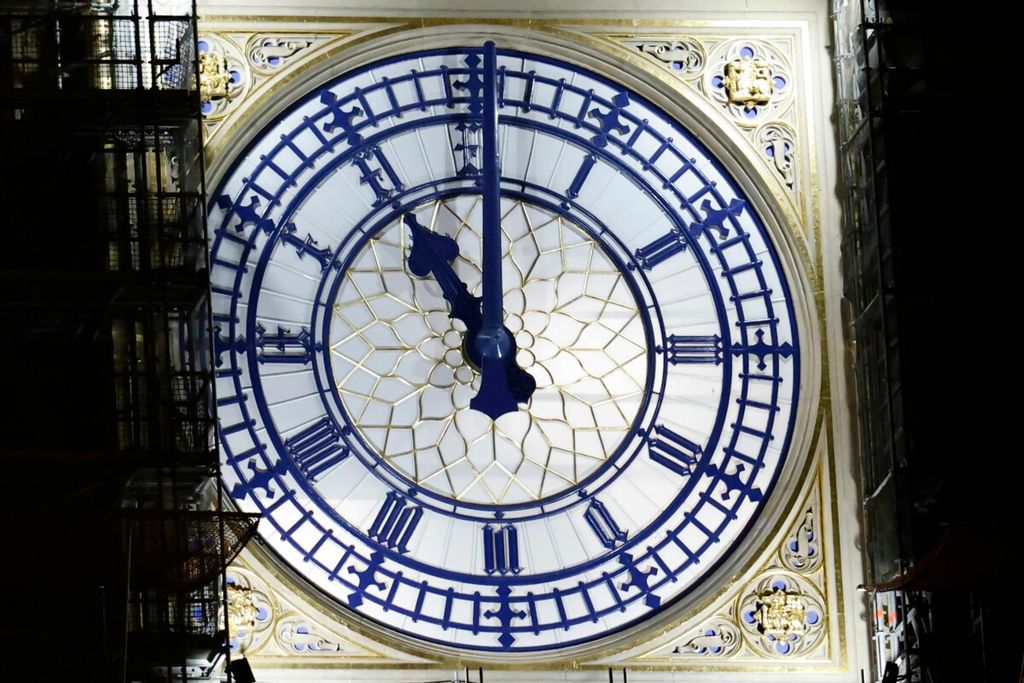Cultural Analysis
New Year Celebrations
January was taken from the name of the Roman god Janus, which is depicted with two heads, one facing forward, the other facing backward.

The clock-face on the Elizabeth Tower, commonly known by the name of the bell, "Big Ben" in London, shows 2300 (GMT), as Britain officially leaves the EU (European Union) trading block, on New Year\'s Eve, December 31, 2020. - The UK\'s tortuous departure from the European Union takes full effect when Big Ben strikes 11:00 pm (2300 GMT) in central London, just as most of the European mainland ushers in 2021 at midnight.
January was taken from the name of the Roman god Janus, which is depicted with two heads, one facing forward, the other facing backward. This image of two heads is a representation of the separation between the old and the new, as happens at the turn of the year, the separation from 2020 and looking ahead to 2021.
New Year\'s celebrations, ceremonies and festivals are often seen as opportunities to reflect on the past year and think about what to do in the next year. Because it is considered a moment of reflection and contemplation, New Year is a public holiday in a number of countries.
Versi cetak artikel ini terbit di harian Kompas edisi di halaman 1 dengan judul "Perayaan Tahun Baru".
Baca Epaper Kompas


